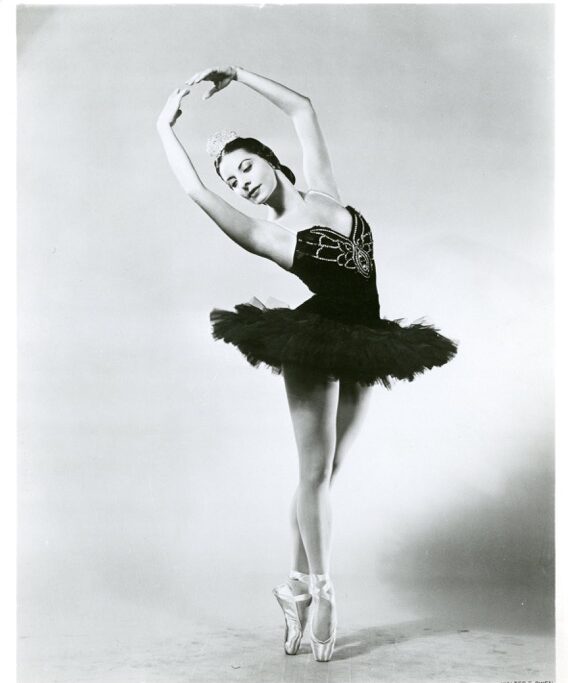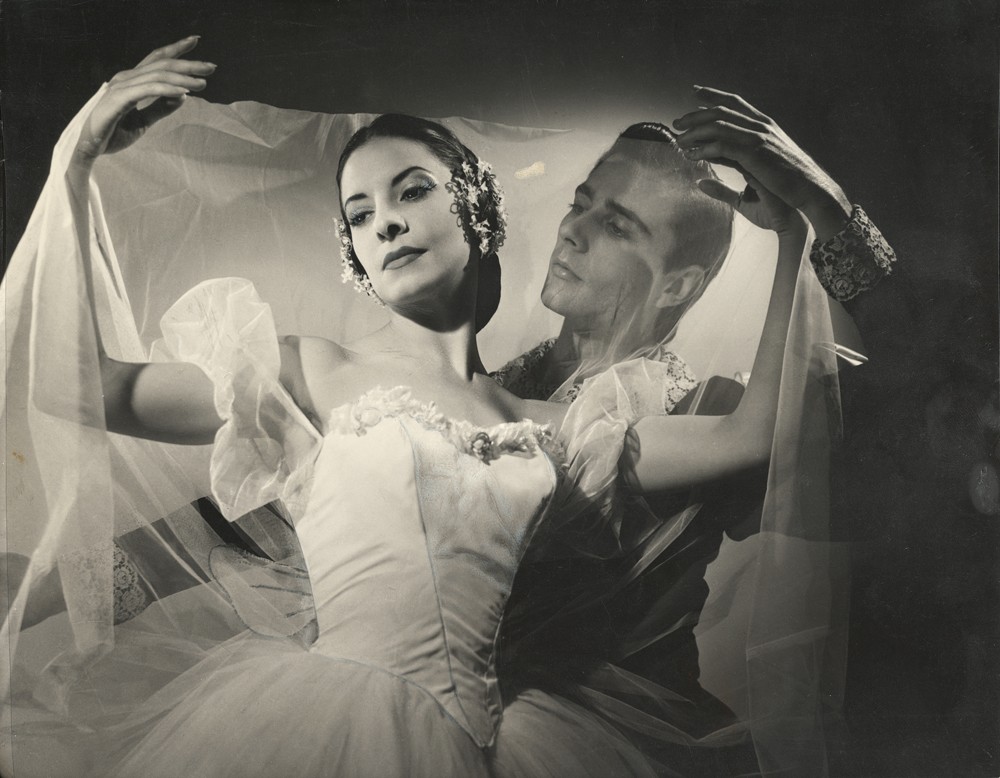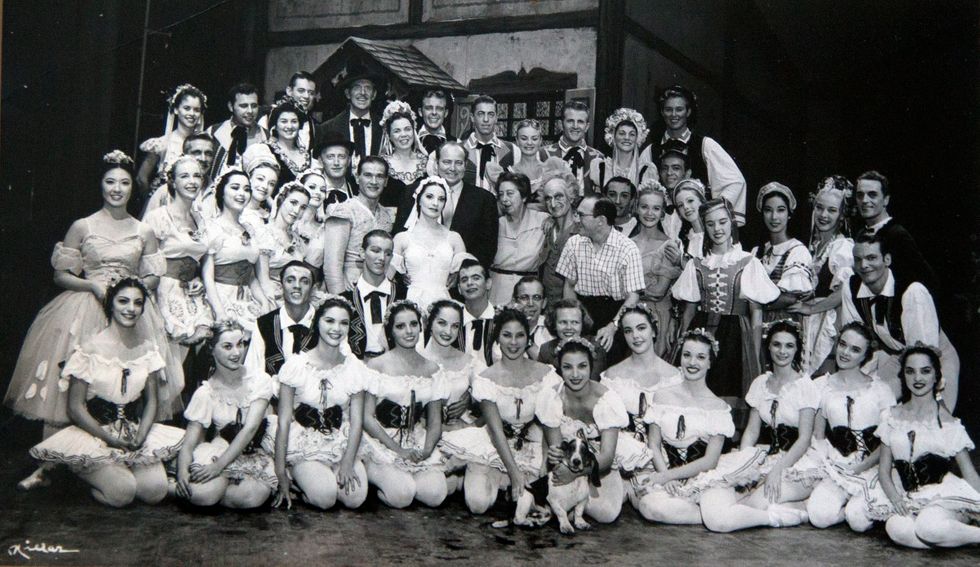April 25, 2024
#SAB90 – 1954: The Nutcracker debuts at New York City Ballet featuring children from SAB
Read the latest edition of #SAB90 to learn more about the history of SAB students performing with the New York City Ballet.
Our latest SAB Trailblazer, Alicia Alonso, is an inspiring and profound figure in ballet history. Not only is she remembered for her legendary artistry, longevity as a performer, and immense contribution to ballet in her native Cuba, but also for her battle with chronic vision problems, which never deterred her from continuing to dance.

She was born Alicia Ernestina de la Caridad del Cobre Martínez y del Hoyo in Havana, Cuba and took her first dance class at the age of eight. Although she studied dance throughout her childhood, she was not encouraged to pursue it as a professional career. After marrying fellow dancer Fernando Alonso in 1937, she eloped to live with him in New York City and resolved to dedicate herself to a career in ballet. She studied on scholarship at the School of American Ballet and went on to perform with Ballet Caravan, the short-lived troupe directed by SAB co-founder Lincoln Kirstein. She appeared in the Broadway musicals “Great Lady” (1938) and “Stars in Your Eyes” (1939) and in 1940 she joined Ballet Theatre – later to be named American Ballet Theatre – as a founding member.
In 1942, while still a young dancer with Ballet Theatre, she suffered a detached retina that required three operations and a year-long convalescence. Despite this debilitating setback, Ms. Alonso refused to abandon her love of dance. When she had to remain immobile during her recovery, she learned how to practice her craft by envisioning it in her mind. She would rehearse the steps to ballets mentally by moving her fingers. Her vision improved, but then worsened and became a chronic problem for her that eventually led her to go virtually blind. There were times later in her career when she was unable to fully see her way around the stage while performing, yet she never allowed this to detract from her performance…
“I don’t want my audience thinking that if I dance badly, it is because of my eyes. Or if I dance well, it is in spite of them. This is not how an artist should be.”
—Alicia Alonso

Ms. Alonso was renowned for her portrayal of lead roles in many ballet classics – performing them with both technical precision and a vast emotional range. She debuted as the title character in Ballet Theater’s Giselle in 1943 to brilliant reviews. Giselle became her signature role, one she embodied and continued to perform throughout her career. Her portrayal of the heartbroken peasant girl and the famous ‘mad scene,’ remains the definitive interpretation for many ballerinas tackling the role today.
Hear Ms. Alonso speak about performing Giselle and watch archival footage of her in the title role:
However, Ms. Alonso’s talent wasn’t limited to classic story ballets. George Balanchine created his Theme and Variations on her and her frequent partner Igor Youskevitch. She also originated roles in Agnes de Mille’s Fall River Legend and Antony Tudor’s Undertow.
In 1948, Ms. Alonso returned to Havana with Fernando to start a company of their own, Ballet Alicia Alonso, which would reform later as National Ballet of Cuba. Within two years Ms. Alonso established a school, which would eventually train scores of Cuban and Latin American ballet dancers, some of whom have gone on to become international ballet stars. Shortly after, she returned to New York to continue dancing with Ballet Theatre. In 1955, she left Ballet Theatre with Youskevitch, to join the Ballet Russe de Monte Carlo. In 1957, in the depths of the Cold War, she became the first ballerina from the Western Hemisphere to appear as a guest artist in the Soviet Union.

After her career in New York, she and Fernando Alonso officially established the National Ballet of Cuba and the Cuban National Ballet School, both of which grew into major international dance powerhouses and beloved institutions in their home country. Ms. Alonso continued to perform into her 70s; watch a clip of her performing in 1985 at around age 64. She led the National Ballet of Cuba for 71 years until her death at the age of 98 in 2019. Her unwavering dedication to ballet, along with her perseverance and artistry remains a beacon of inspiration to dancers all over the world.
April 25, 2024
Read the latest edition of #SAB90 to learn more about the history of SAB students performing with the New York City Ballet.
March 26, 2024
Read the latest edition of #SAB90 to learn more about SAB's early relationship with New York City Ballet.
February 26, 2024
Our new monthly series, #SAB90, we'll be sharing a short article detailing highlights of the School's history. Read our latest edition to learn about more early faculty members who laid the groundwork for the School's legacy.